A Spicy Journey: Exploring Brazil's National Food Dish and Global Spice Traditions
Table of Contents
Introduction
Spices are the heartbeat of global cuisine, bringing life, depth, and flavor to every dish. While some cultures are known for their bold use of heat, others rely on a delicate balance of aromatics and earthy notes. Brazil, a country rich in cultural diversity and natural resources, has its own unique culinary identity that showcases the power of spices in everyday cooking. In this article, we’ll take a flavorful journey through Brazil’s national food dish, explore how it reflects the country’s spice traditions, and offer practical tips for incorporating these flavors into your own kitchen.
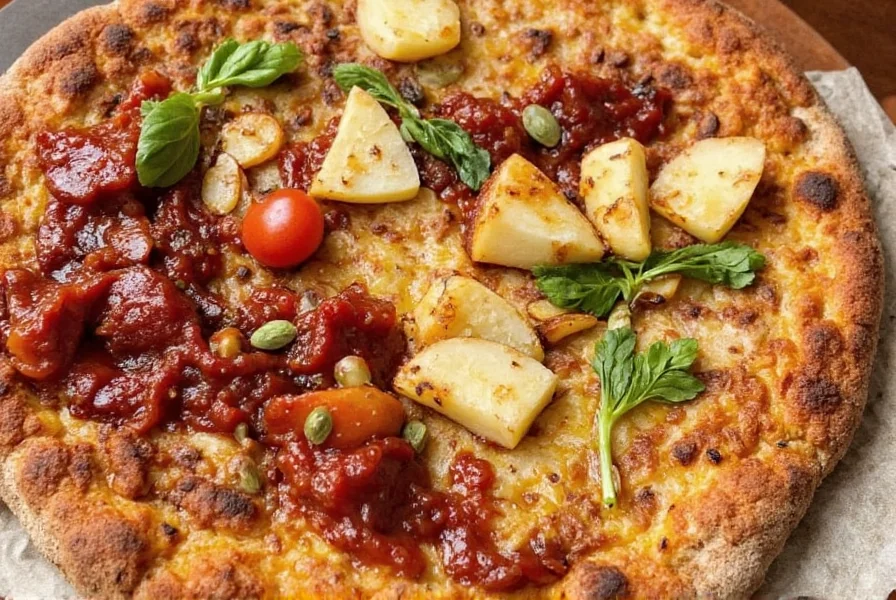
What is Brazil's National Food Dish?
When it comes to Brazil’s national food dish, one name stands out: Feijoada. This hearty black bean stew is often considered the soul of Brazilian cuisine. Traditionally made with pork, beans, and a variety of vegetables, Feijoada is more than just a meal—it’s a social event. It’s typically served with rice, collard greens, farofa (toasted cassava flour), and a side of orange slices to cut through the richness.
While Feijoada isn’t necessarily spicy in the traditional sense, it does feature a range of aromatic spices like garlic, cumin, and paprika. These ingredients work together to create a deep, savory flavor profile that’s beloved by Brazilians and international food lovers alike.
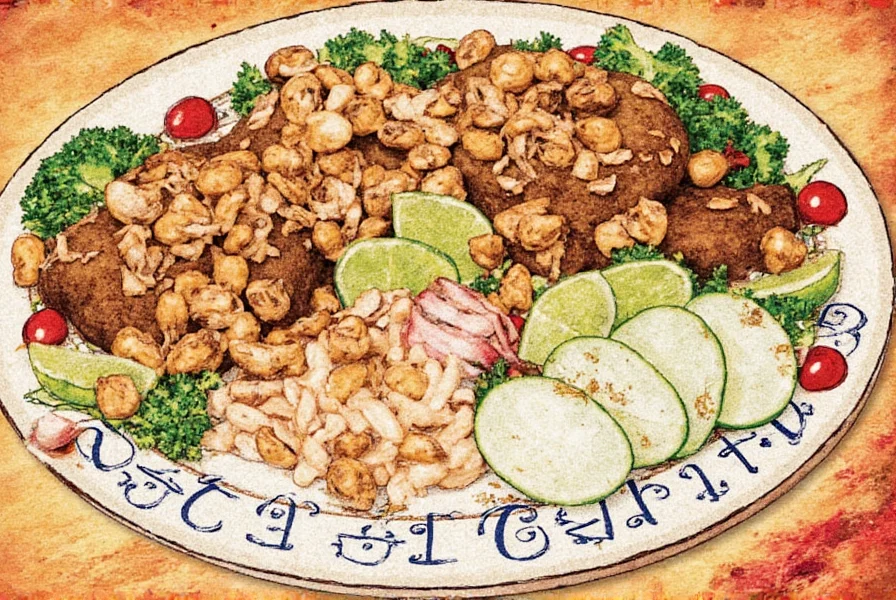
Spices and Flavors in Brazil
Brazil’s cuisine is influenced by Indigenous, African, Portuguese, and Italian traditions, each contributing their own signature spices and techniques. Here are some key elements of Brazilian spice culture:
- Cumin: A staple in many Brazilian dishes, cumin adds a warm, nutty flavor.
- Paprika: Often used in feijoada and other meat-based stews, paprika brings a subtle smokiness.
- Garlic and Onion: These are the building blocks of most Brazilian recipes, providing a foundational depth of flavor.
- Bay Leaves: Used in soups and stews, bay leaves add a subtle herbal note.
- Hot Peppers: While not as common as in some Latin American cuisines, hot peppers are still used in certain regional dishes like moqueca, a seafood stew from the northeastern coast.
Global Spice Traditions
Spices have always been a vital part of human history, shaping trade routes, cultural exchanges, and culinary practices. Let’s take a quick look at how different regions around the world use spices in their cooking:
| Region | Common Spices | Signature Dishes |
|---|---|---|
| India | Cumin, Turmeric, Garam Masala | Butter Chicken, Biryani |
| Mexico | Cumin, Chili Powder, Oregano | Tacos, Enchiladas |
| Thailand | Ginger, Lemongrass, Kaffir Lime | Pad Thai, Green Curry |
| Italy | Oregano, Basil, Rosemary | Lasagna, Pizza |
Brazil’s use of spices may not be as fiery or complex as in some other cuisines, but it’s no less rich or meaningful. The combination of local ingredients and imported spices tells a story of migration, adaptation, and tradition.
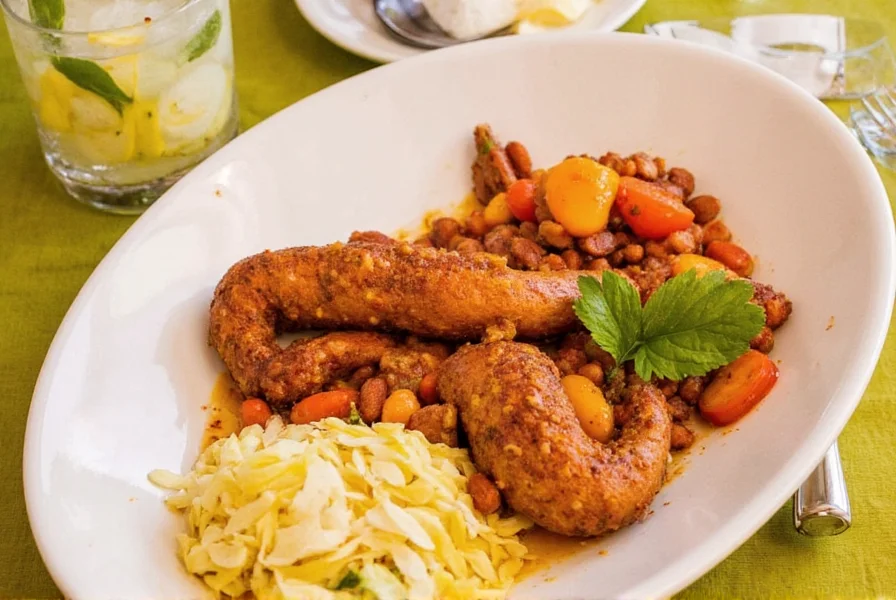
Practical Tips for Cooking with Spices
If you're new to using spices in your cooking, here are some helpful tips to keep in mind:
- Start Small: Spices can easily overpower a dish if used in excess. Begin with a small amount and adjust to taste.
- Toast Whole Spices: To bring out their full aroma, lightly toast whole spices like cumin or coriander before grinding them.
- Use Fresh Herbs: Fresh herbs like cilantro, parsley, and oregano can make a huge difference in flavor. If fresh isn't available, use dried herbs in moderation.
- Pair Spices with Complementary Flavors: For example, cumin pairs well with tomatoes, while paprika works nicely with potatoes or eggs.
- Experiment with Blends: Try making your own spice mixtures, such as a chili powder blend or a curry powder, to suit your taste preferences.
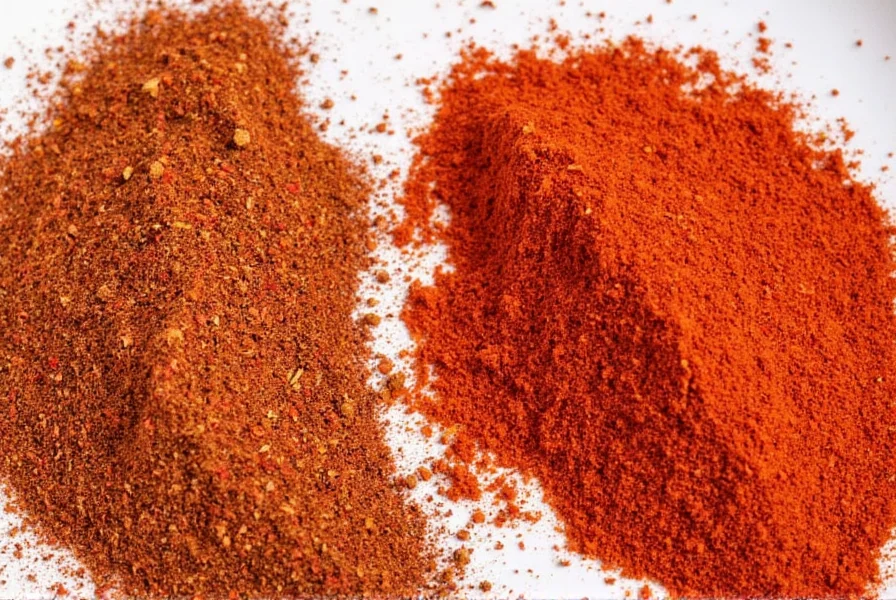
Buying Guide: Essential Spices and Tools
If you're serious about exploring global spice traditions, investing in quality spices and tools can elevate your cooking experience. Here’s a guide to some must-have items:
Essential Spices
- Cumin
- Features: Warm, nutty flavor; commonly used in stews, curries, and grilled meats.
- Best For: Mexican, Indian, and Middle Eastern cuisines.
- Occasions: Perfect for weeknight dinners, backyard barbecues, or holiday meals.
- Paprika
- Features: Smoky, sweet, or spicy depending on the type; great for seasoning meats and vegetables.
- Best For: Brazilian, Spanish, and Hungarian dishes.
- Occasions: Ideal for roasting, grilling, or adding color and flavor to sauces.
- Garlic Powder
- Features: Convenient alternative to fresh garlic; adds depth without the sharp bite.
- Best For: Soups, stews, and baked goods.
- Occasions: Great for quick meals or when you need a fast flavor boost.
Tools for Spicing Up Your Kitchen
- Grinder: A good spice grinder helps you grind whole spices for maximum flavor.
- Jars with Lids: Store your spices in airtight containers to preserve freshness.
- Measuring Spoons: Accurate measurements ensure consistent results.
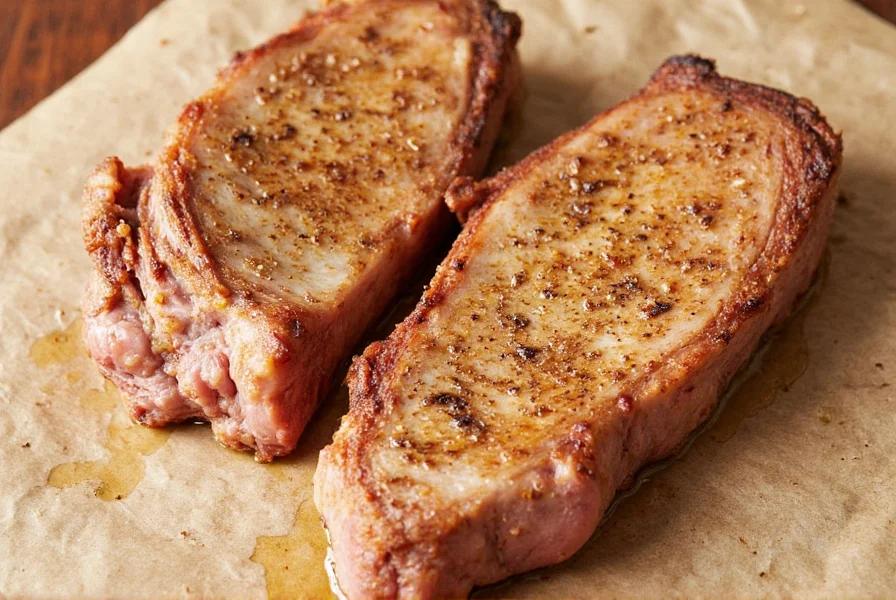
Conclusion
Exploring global spice traditions is a delicious way to connect with different cultures and expand your culinary horizons. Brazil’s national food dish, Feijoada, is a prime example of how simple ingredients and thoughtful seasoning can create something truly special. Whether you’re an amateur enthusiast or a seasoned chef, experimenting with spices can open up a world of flavor and creativity in your kitchen.
So, grab a few essential spices, try out a new recipe, and let your taste buds travel the globe—no passport required!
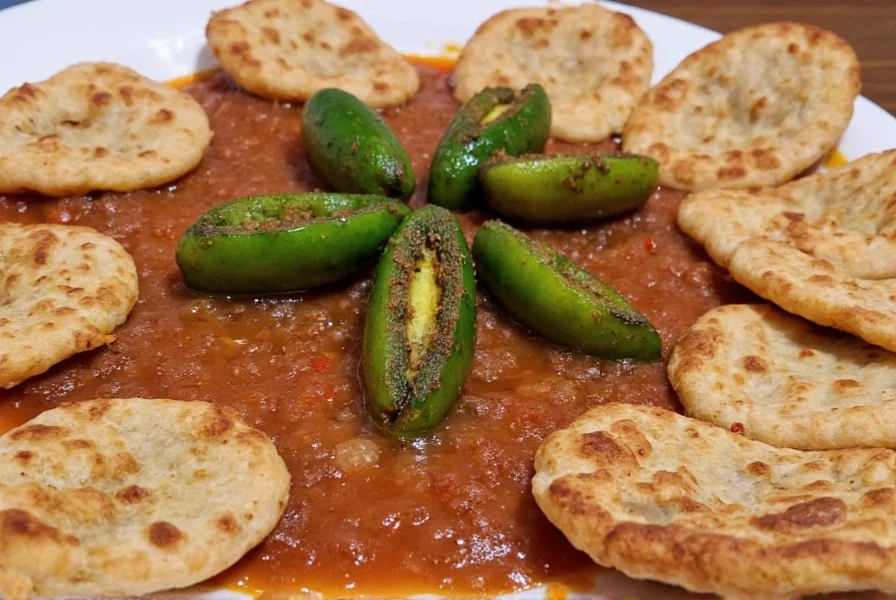

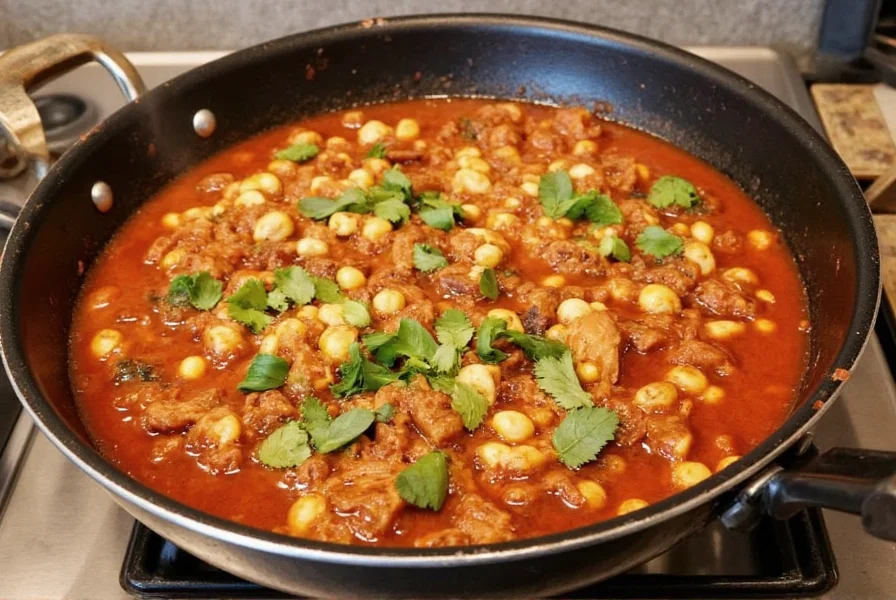









 浙公网安备
33010002000092号
浙公网安备
33010002000092号 浙B2-20120091-4
浙B2-20120091-4